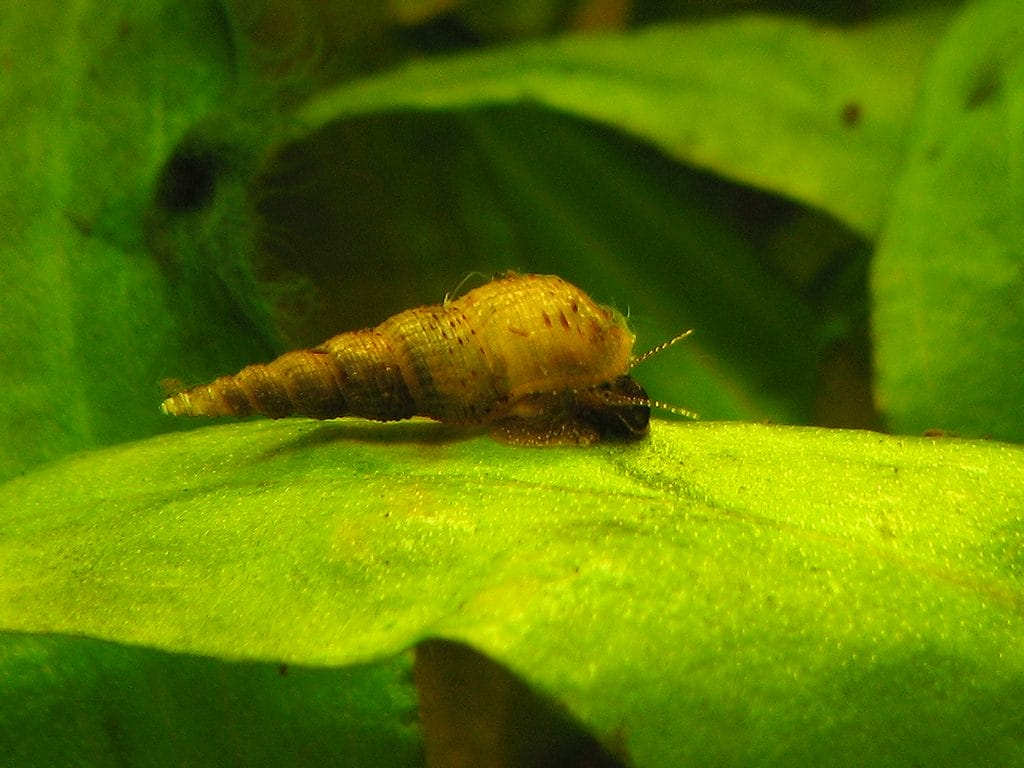
All You Need to Know About Marisa Cornuarietis Snail

Marisa cornuarietis, or the giant ramshorn snail, is an interesting creature. It catches the eye in both the aquarium trade and in efforts to protect the environment.
People appreciate these snails for their size and beauty in tanks. However, they are also seen as an invasive species in some places. This shows why it is important to understand what they need and to be responsible when keeping them as pets.
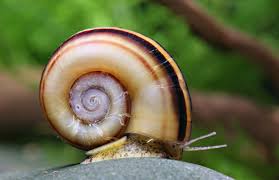
Read More : 18 Types of Freshwater Aquarium Snails You Should Have
Understanding Marisa Cornuarietis Snails
The Marisa cornuarietis snail is an interesting species. It has special traits and plays an important role in the environment. This snail is part of the Ampullariidae family, which we know as the apple snail family. It is not the same as real ramshorn snails, but they share a name because of their spiral shell shape.
These snails are originally from Central and South America. However, they have been introduced to many other places around the world. It is important to learn about their basic biology, where they live, and how they might affect the environment. This knowledge is useful for people who love aquariums and for those who care about protecting nature.
What Are Marisa Cornuarietis Snails?
Marisa cornuarietis, commonly known as the giant ramshorn snail, is a large freshwater snail. It is noted for its unique, flat, spiral shell. This interesting snail is part of the apple snail family, also called the Ampullariidae family. Many people enjoy adding it to their freshwater aquariums around the world.
Even though its common name links it to true ramshorn snails, which belong to the Planorbidae family, the giant ramshorn snail is larger and has different body features. Adding them to aquariums can be helpful, but they also come with some challenges. Their size and eating habits mean they need special care.
To help keep them and other aquarium species healthy, it’s important to understand what they need. Learning about their natural homes, what they like to eat, and their possible effects on the environment is key for responsible aquarium care.
Why Are They Popular in Aquariums?
Marisa cornuarietis snails are popular among aquarium lovers for a few reasons. First, they are much larger than most other freshwater snails. This size makes them a special and interesting part of any tank.
Next, their bright colors and cool patterns make aquariums look even better. Some snails have lovely black spiral bands on their yellow or brown shells. This contrast makes them very attractive to look at.
However, it’s important to think about a few things. Their size and big appetite, especially for aquarium plants, need careful planning. While they can make a tank more beautiful, it is vital to create a good environment that meets their eating needs. This keeps both the Marisa cornuarietis snails and the entire aquarium healthy.
Habitat
Marisa cornuarietis snails come from warm, freshwater areas in South America and some parts of Central America, including Costa Rica. They do well in shallow, slow, or still water like swamps, rivers, canals, and lakes full of vegetation.
These snails can also live in slightly brackish water, where fresh and saltwater mix. This ability has led to them being found in different parts of the world, including islands like Puerto Rico.
While they can help some ecosystems, their ability to grow and compete with local species needs careful watching. It’s important to know what type of habitat they like.
This is helpful for aquarium fans who want to create a natural setting and for conservationists who study their effects in places where they aren’t native.
Feeding habits
Marisa cornuarietis snails are fascinating creatures known for their omnivorous diet, consuming both plants and animals. Their primary food sources include algae and various aquatic plants, which they graze on using specialized mouthparts. This herbivorous behavior makes them excellent algae eaters in aquariums, helping to maintain a balanced ecosystem.
In addition to their plant-based diet, these snails also scavenge on dead animals and decaying organic matter. By breaking down waste materials, Marisa cornuarietis play a vital role in keeping the aquarium clean and free of debris.
Due to their adaptable nature and diverse diet, Marisa cornuarietis snails are relatively easy to care for in tanks. Beyond their aesthetic appeal, these snails contribute to the overall health of the aquarium environment by assisting in waste management and promoting cleanliness.
Water parameters
Keeping the right water conditions is very important for Marisa cornuarietis snails in a tank. They do well in water that has a pH level between 7.0 and 8.0, which is a bit alkaline. It’s important to check the pH levels often to keep the environment stable and healthy.
The temperature is also key for how they grow and act. The best temperature range for these tropical snails is between 72°F and 82°F (22°C to 28°C). If the temperature goes too high or too low, it can stress the snails and harm their health.
Good water quality is very important. You should change the water regularly and have good filters in place. Marisa cornuarietis snails do not handle high levels of ammonia, nitrites, or nitrates well. So, checking and taking care of the water quality is a must for their lasting health and survival.
Giant ramshorn snail diet
A varied and healthy diet is very important for the health and long life of giant ramshorn snails. These snails eat both plants and some protein.
In the wild, they get a lot of their food from algae. You should make sure they have plenty of algae in their aquarium, too. They will eat algae that grows on the surfaces and decorations in the tank. Adding algae wafers to their diet helps provide a steady supply of this key food.
You can also give them these additional foods:
- Blanched vegetables like spinach, zucchini, and lettuce
- Small amounts of fish food flakes or pellets
- Occasionally, bloodworms or brine shrimp for protein
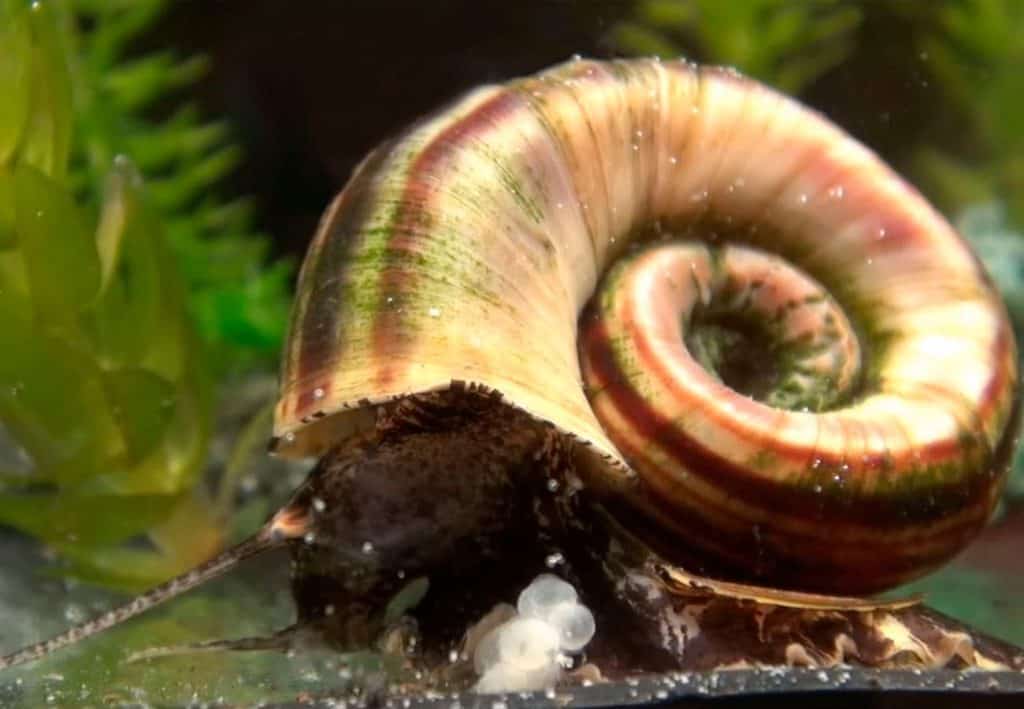
Beginner’s Guide to Keeping Marisa Cornuarietis Snails
If you want to keep Marisa cornuarietis snails, it’s very important to set up a good environment. These snails are quite big and active. They need special conditions to do well when kept at home.
This beginner’s guide will explain how to set up an aquarium, what water conditions are needed, and how to give a good diet to your Marisa cornuarietis snails.
What You Will Need to Get Started
Before getting your Marisa cornuarietis snails, you need to create a good home for them. The first step is to pick the right aquarium size. Since these snails can grow big, a tank of at least 10 gallons is best for one snail.
Next, find a substrate that is safe and comfy for the snails. Sand or fine gravel works well because it lets them move and dig if they want. Do not use sharp or rough materials that might hurt their soft bodies.
It is important to have a good filtration system to keep the water clean. So, choose a filter that does both mechanical and biological filtration. This helps remove debris and keeps ammonia and nitrite levels in check. A filter with adjustable flow is a plus because strong water currents can make it hard for snails to move around.
Step 1: Setting Up the Aquarium
Once you have all the necessary equipment, it’s time to set up your aquarium. First, rinse the substrate well to get rid of any dust or dirt. Then, add a layer of about 2-3 inches of it to the tank. Next, fill the tank with water. Use a water conditioner to remove chlorine or chloramines, which can harm the snails.
Let the aquarium cycle for a few weeks before adding the snails. This cycling allows good bacteria to grow in the filter and substrate. This bacteria helps break down harmful waste. You can check the water conditions with a test kit to make sure the cycle is complete before adding any snails.
You can add decorations like rocks, driftwood, and tough plants. These can provide hiding spots and enrich the snails’ environment. Just make sure the decorations are smooth and have no sharp edges that could hurt the snails.
Step 2: Choosing the Right Water Conditions
Marisa cornuarietis snails can adapt well, but they need specific water conditions to stay healthy. Keep the water temperature between 72-82°F. Use a heater and thermometer to keep it stable. If the temperature changes too much, it can stress the snails and hurt their health.
Check the water often for chlorine levels. Use a dechlorinator to remove any chlorine, as it is very harmful to water life. Low chlorine levels are important for the snails’ health and safety.
These snails like slightly hard water with a pH level of 7-8. Use a test kit to check the pH regularly. If the pH is too low, you can raise it by adding crushed coral or limestone to the substrate.
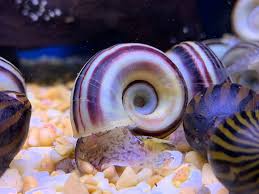
Conclusion
Marisa Cornuarietis snails are amazing creatures that bring variety to aquariums. They are popular because of how they eat and their ability to live in different water settings.
If you are a beginner wanting to keep these snails, it is important to set up your aquarium correctly and keep the water conditions right. Make sure to give them a balanced diet for their best health.
By learning about what Marisa Cornuarietis snails need, you can create a lively underwater home. You can find more information about these snails in our beginner’s guide. Get ready to start a great journey into aquarium keeping!
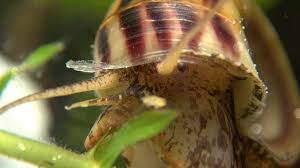
Frequently Asked Questions
How Often Should I Feed My Marisa Cornuarietis Snails?
Feeding frequency varies based on age and diet. Usually, giving food once a day or every other day works well. To maintain a balanced diet, offer algae wafers, blanched vegetables, and some protein from time to time. Watch how they eat and change the feeding schedule if needed. This helps avoid overfeeding.





